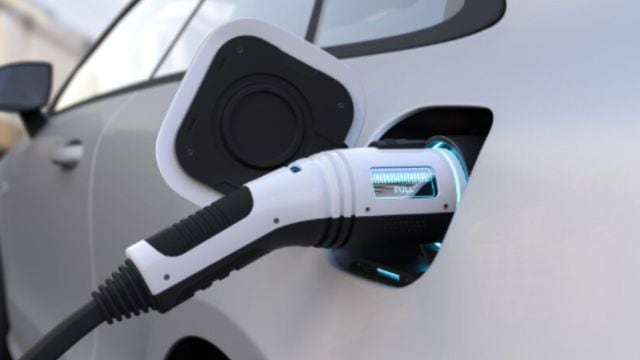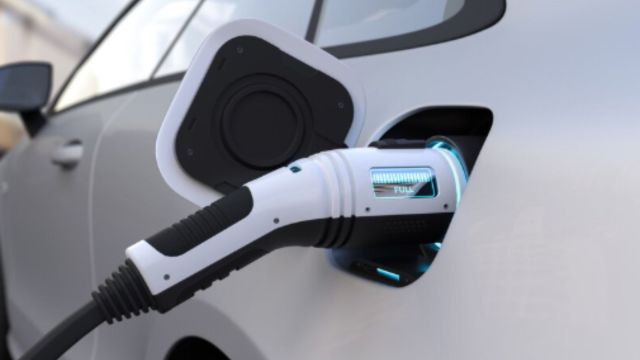India’s Electric Vehicle Manufacturing to Surge by 2030
India is poised to become the world’s fourth-largest electric car manufacturer by 2030, with its production capacity expected to reach 2.5 million units, according to a recent report by the Rhodium Group, a New York-headquartered think tank. This surge in manufacturing capacity will significantly outstrip domestic demand, creating potential opportunities for Indian manufacturers to tap into export markets.
Current Market Dominance
In 2024-25, Indian EV makers such as Tata Motors, MG Motor, and Mahindra dominated the domestic market with a combined share of nearly 90%. The Rhodium Group’s research suggests that while India’s electric car manufacturing capacity will rise dramatically, the country must focus on reducing costs to remain competitive with Chinese manufacturers in the global market.
Projected Demand and Production
By 2030, Rhodium projects that India’s electric car demand will range between 0.4 and 1.4 million units, up from 0.1 million in 2024. However, the production capacity is expected to reach 2.5 million units, comprising 0.2 million currently operational, 0.3 million ready but not yet online, 1.3 million under construction, and 0.7 million announced. This excess capacity suggests a significant potential for future exports, aligning with the Indian government’s ‘Make in India for the world’ initiative.

Competitive Landscape
While India is set to become a major player in the global electric vehicle market, it will still trail behind China, the EU, and the US in terms of production capacity. China’s capacity is expected to reach 29 million units, followed by the EU at 9 million and the US at 6 million. However, India will surpass South Korea and Japan in anticipated capacity.
Government Policies and Incentives
The Rhodium report highlights that India has adopted a unique approach to developing its EV industry by combining industrial policy with market incentives and protectionist trade policies. The government has implemented consumer subsidies tied to localization requirements and incentives for manufacturers of advanced batteries and EV components. However, the high import tariffs on fully built EVs have limited consumer choice and raised costs.
Battery Production
On the battery front, India has shown rapid growth and is expected to become the largest module producer outside China, the US, and Europe. However, the report notes that much of this growth is driven by projects still under construction or newly announced, indicating some risk around delivery timelines.
By 2030, India’s cell production capacity will still lag behind major players like China, Europe, and the US. China is expected to lead with a cell manufacturing capacity of 4,818 GWh, followed by the US at 1,169 GWh, and Europe at 997 GWh.
To remain competitive in the global electric vehicle market, Indian manufacturers will need to focus on reducing costs and improving efficiency while continuing to expand their production capacity.



